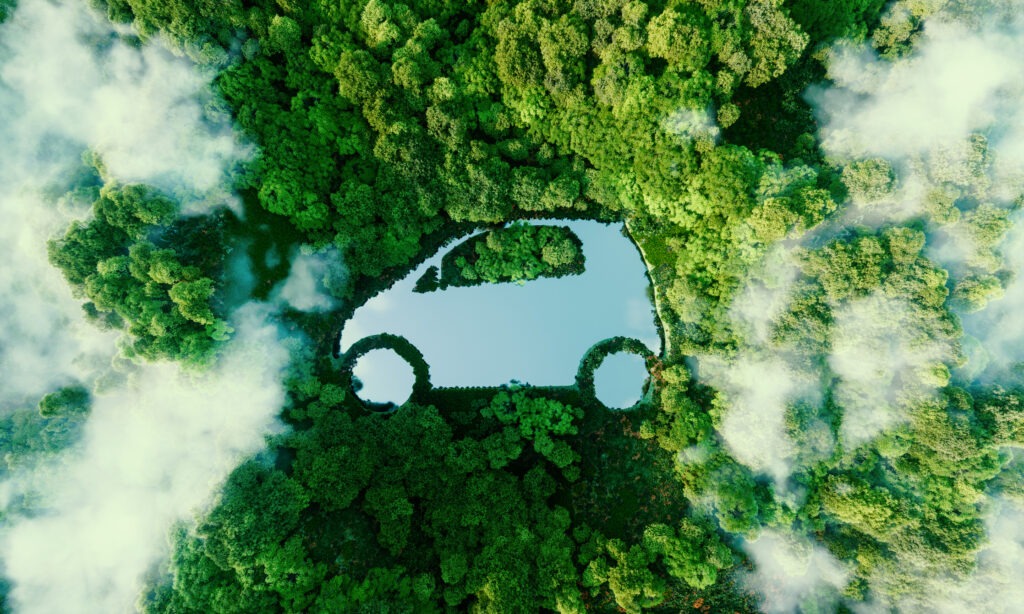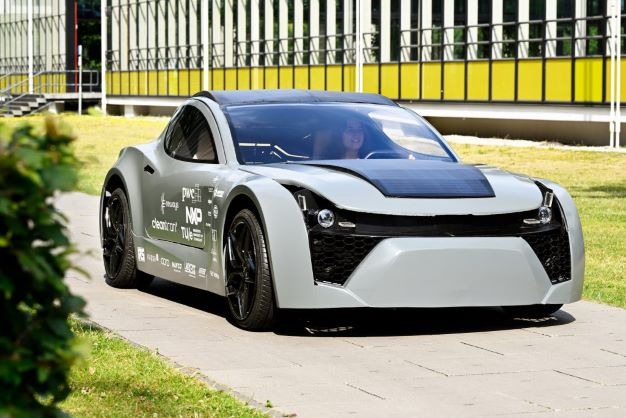More collaboration needed across automotive industry to hit climate goals
25 September 2022

Far greater international cooperation is needed to get the world on track to meet its climate commitments. This is despite noted improvements relating to the automotive sector, including a doubling of global electric-vehicle (EV) sales in 2021, with a new record of 6.6 million units.
The International Energy Agency (IEA) has outlined a global ‘collaboration gap’ that threatens to undermine climate progress and delay net zero by decades. In its report, a significant portion of the findings relate directly to the automotive industry.
The inaugural annual Breakthrough Agenda Report has served as a progress report on the actions needed to deliver on the clean technology commitment made by governments representing two-thirds of the global economy at last year’s COP26 summit.
Of the 25 recommendations highlighted in the report, automotive industry-specific action points include:
• The road-transport sector accounts for around six gigatonnes of global annual CO2 or 10% of total emissions. That’s risen by 13% since 2010. These need to fall by nearly a third by 2030.
• In 2021, zero-emission vehicles (ZEVs) accounted for around 9% of global car sales. The IEA report outlines this should reach 60% by 2030.
• Public-charging infrastructure needs to increase 10-fold by 2030.
• If major markets align their policies with 100% ZEVs sales by 2035, cost parity between ZEVs and internal combustion engine (ICE) vehicles could be reached several years earlier.
• Standards to boost the recyclability of batteries and supercharging research into alternative battery chemistries to reduce reliance on precious metals, such as cobalt and lithium.
‘We are in the midst of the first truly global energy crisis, with devastating knock-on consequences across the world economy, especially in developing countries. Only by speeding up the transition to clean sustainable energy can we achieve lasting energy security,’’ said IEA executive director Fatih Birol.
‘Through international collaboration, we can make the transition quicker, cheaper and easier for everyone – on the back of faster innovation, greater economies of scale, bigger incentives to invest, level playing fields and benefits that are shared across all parts of society. Without this collaboration, the transition to net-zero emissions will be much more challenging and could be delayed by decades,’ He said.
Recharging, recycling and infrastructure
The automotive industry needs to agree common definition and target dates by which all new road vehicles will be net zero. The IEA targets 2035 for cars and vans and the 2040s for heavy-goods vehicles, the report suggests.
EV-battery recharging and recycling are two areas many nations and manufacturers are developing, and these technologies are seen by the IEA to be integral to boosting the number of zero-emission vehicles on the road.
On the recycling front, companies such as RWE in Germany and Veolia have developed facilities to reuse spent EV batteries. Major manufacturers such as Volvo and Ford have also forged links with companies such as US-based Redwood Materials, a startup founded by former Tesla CTO JB Straubel, that has launched an EV battery-recycling programme in California.
In the push for access to a sustainable supply of EV batteries, embryonic technologies such as battery passports, battery swapping and fast charging are being trialled, with tech firm ABB E-mobility announcing plans to launch what it calls the world’s fastest all-in-one electric-car charger.
One major factor underpinning how EVs are adopted by the public is the available charging infrastructure. Companies such as Chargepoint see cross-border collaboration in Europe regarding this issue as ‘crucial’ to increasing EV uptake.
Earlier this year findings by the European Automobile Manufacturers’ Association (ACEA) revealed that the EU has to install 14,000 public charging points per week to reach climate goal targets for electric vehicles by 2030. In March 2022, 2,000 public chargers were being installed weekly.
The EV-charging infrastructure picture is a complex one. Autovista24 analysis outlined that despite an increase in overall sales of EVs in Europe, EV infrastructure is not matching this pace. There is a clear disparity between central and eastern European countries, and western Europe. Romania, for example, is six times larger than the Netherlands in terms of land-mass, but has only 0.4% of Europe’s charging network.
Coupled with the recent IEA report, the EU banning of sales of new petrol, diesel, and hybrid models by 2035 underlines the fact that there needs to be a strong charging network in place across the continent to ensure confidence in the technology.
A failure to ensure this could push drivers to turn instead to the used-car market for petrol and diesel models. Therefore, the time to secure investment is starting to run out, with an increase in charging-point installations necessary now to meet expected requirements.
Greenhouse-gas emissions by sector, 2019

Requested by 45 world leaders, the report specifically focuses on aligning countries’ actions and coordinating investment to scale up deployment and drive down costs across five key sectors including power, road transport, steel, hydrogen and agriculture.
According to the report, and with COP27 on the horizon, far greater international cooperation is needed to get the world on track to meet its climate commitments.



